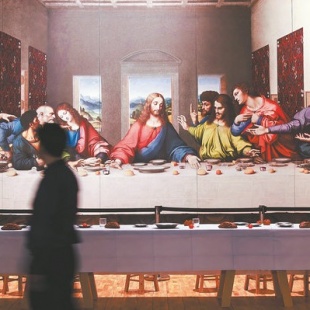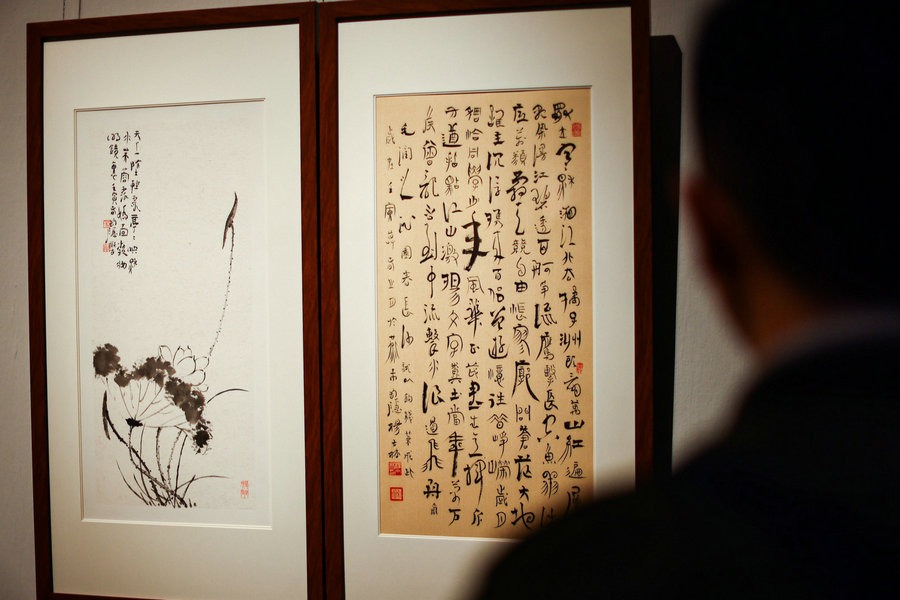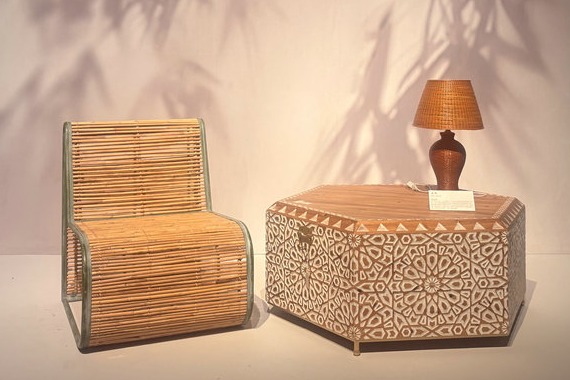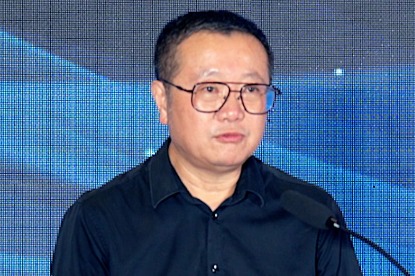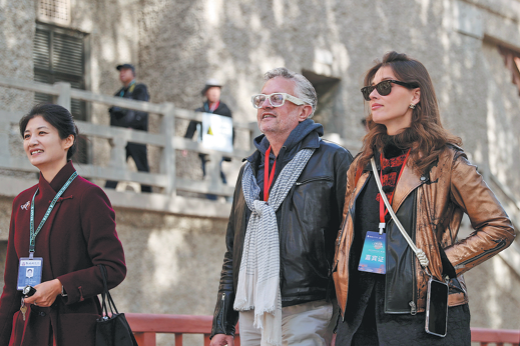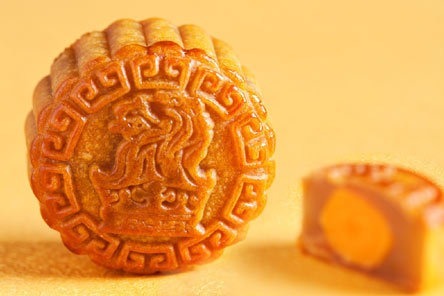Nature as Da Vinci's muse
Exhibition reveals how Renaissance master drew inspiration from plants, animals, geology and anatomy, Wang Qian reports.


When East meets West
The spherical flying ship is not the only thing that builds an invisible bridge between the East and the West. At the exhibition, 11 large-scale models of ancient Chinese and Western inventions, sharing similar wisdom and deepening the dialogue between Eastern and Western technological achievements throughout history, made their debut.
"While no direct documentary evidence has been found proving Da Vinci referenced Chinese technology, closer examination reveals striking parallels — his engineering mechanisms, architectural concepts, and weapon designs in the notebooks often mirror ancient Chinese inventions with uncanny similarity," Taddei says.
Devoting his life to the innovative integration of science and art, Da Vinci was deeply influenced by the essence of Renaissance humanism in Europe and may have also been enlightened by Marco Polo's introduction of the ancient wisdom from the East, according to research by Taddei.
Take Da Vinci's self-supporting bridge for example. The structure is made by interlocking wooden beams that form an exceptionally sturdy and durable building. The design concept comes from military usage, allowing armies to swiftly build bridges with tree trunks for river crossings.
Besides the structure, an ancient Chinese wooden arch bridge model is on display. Taddei says several hundred years later, the self-supported bridge was found in Da Vinci's manuscripts.


